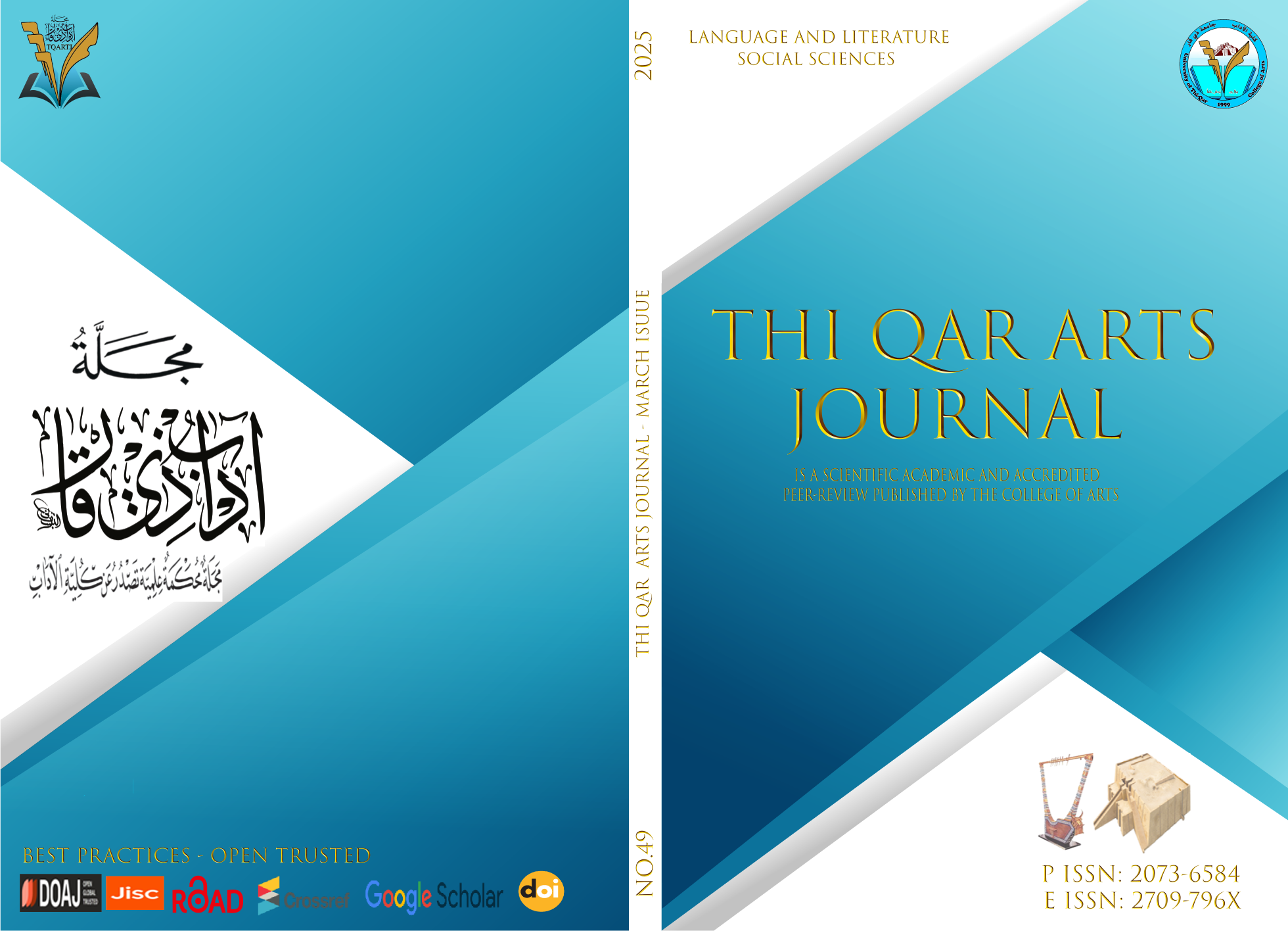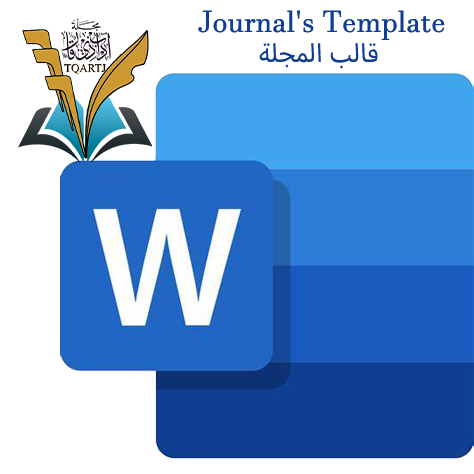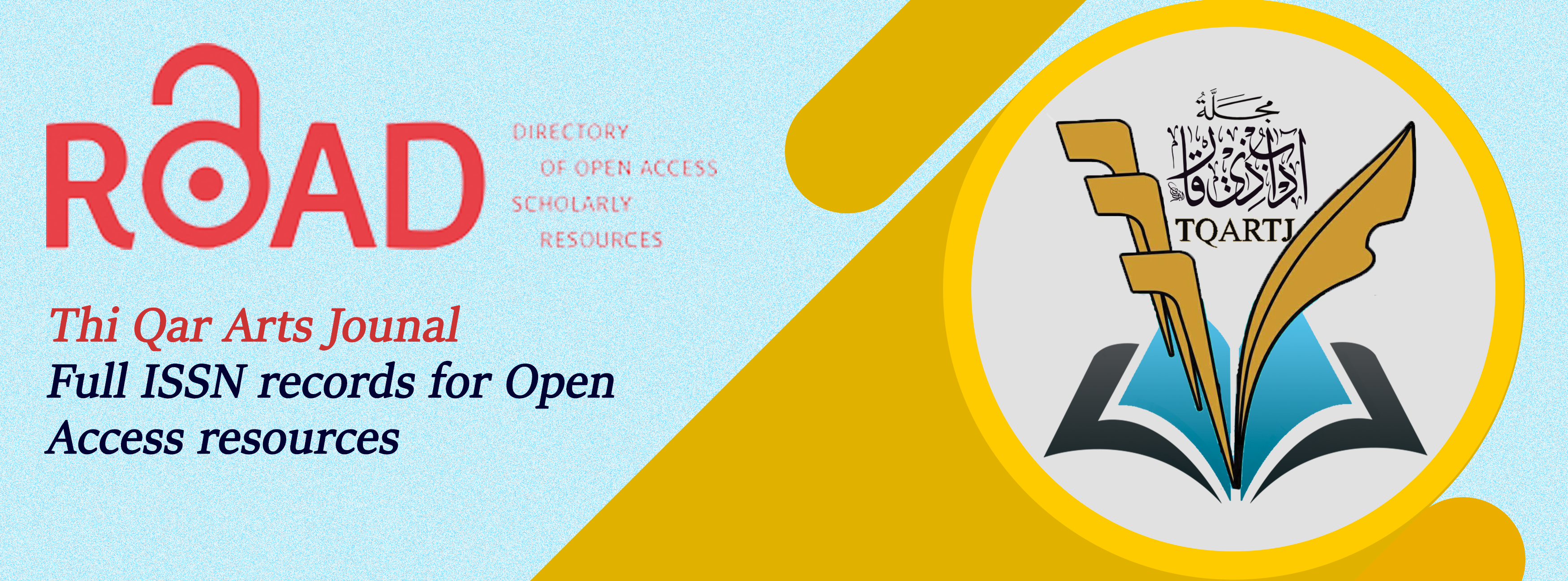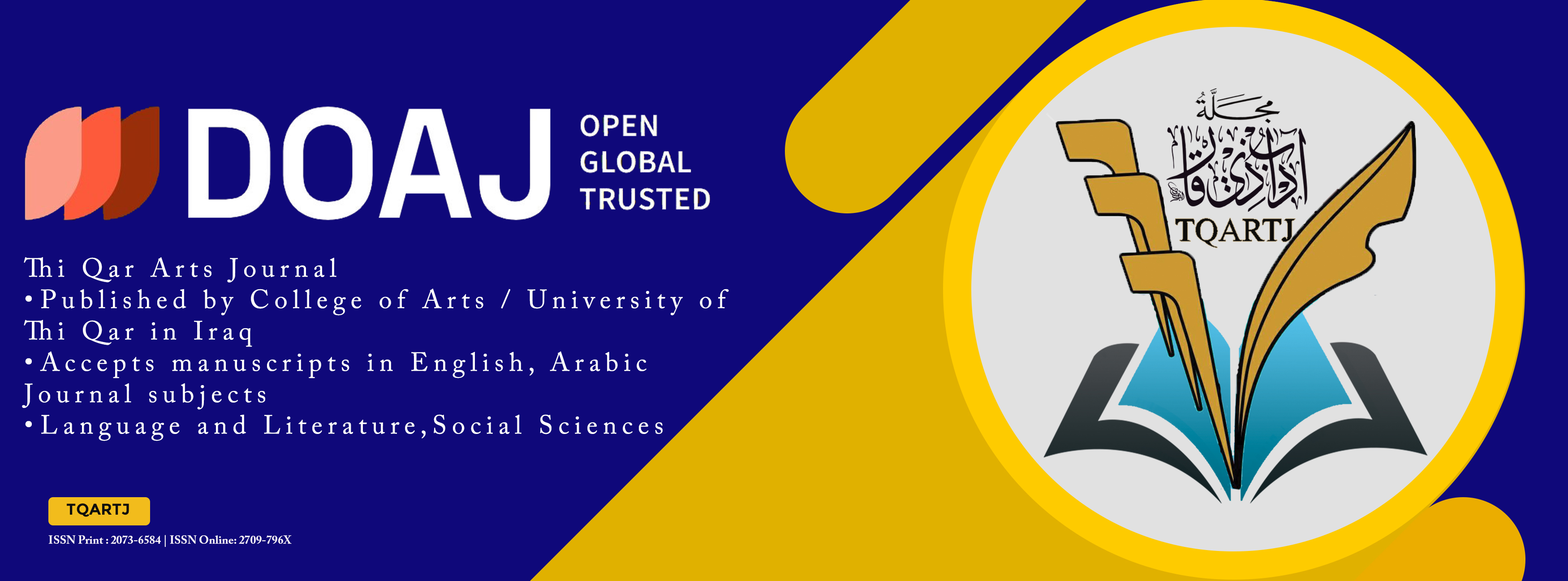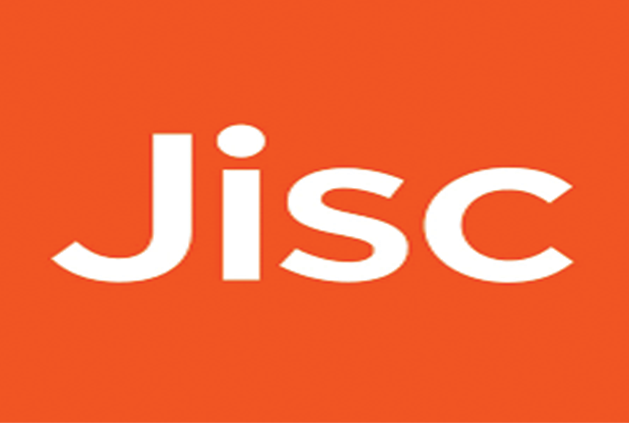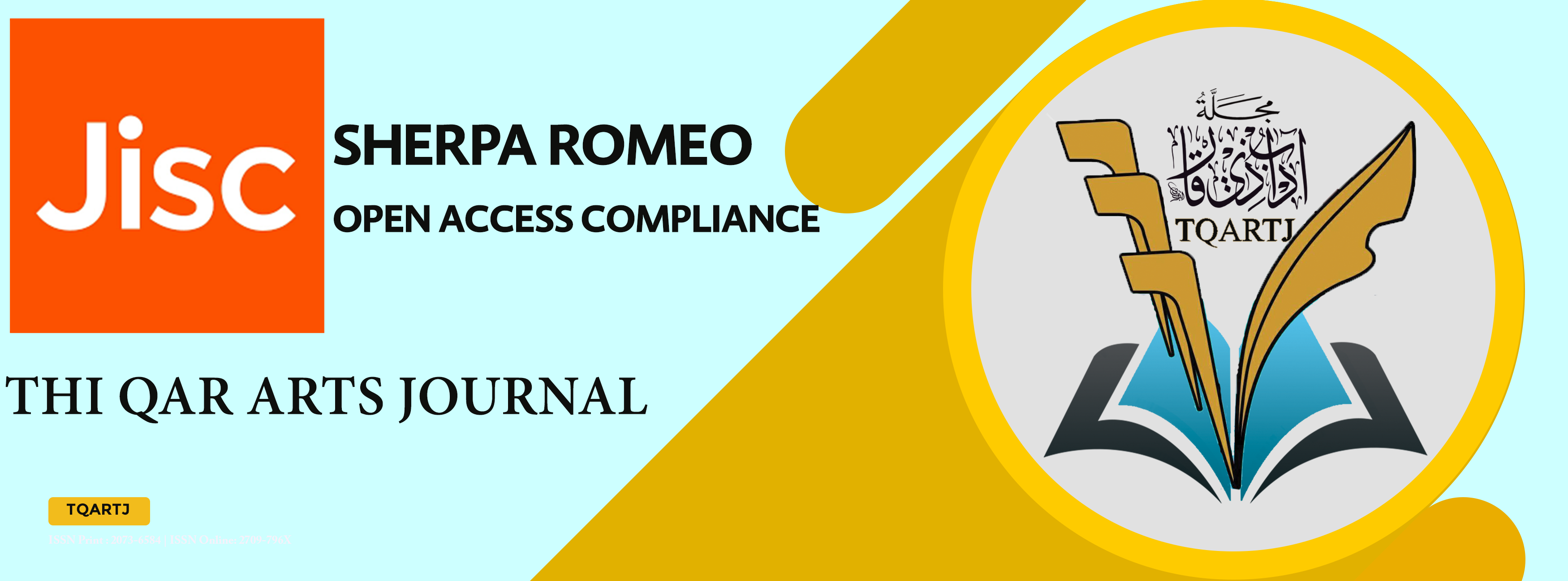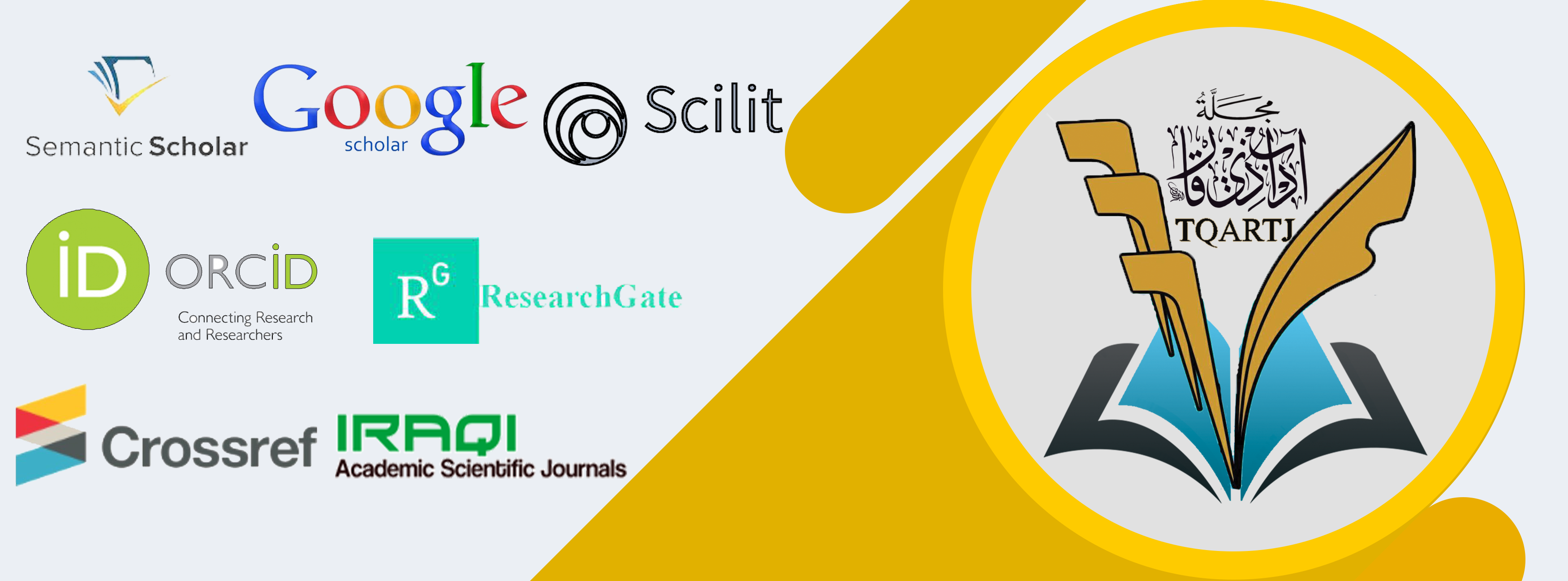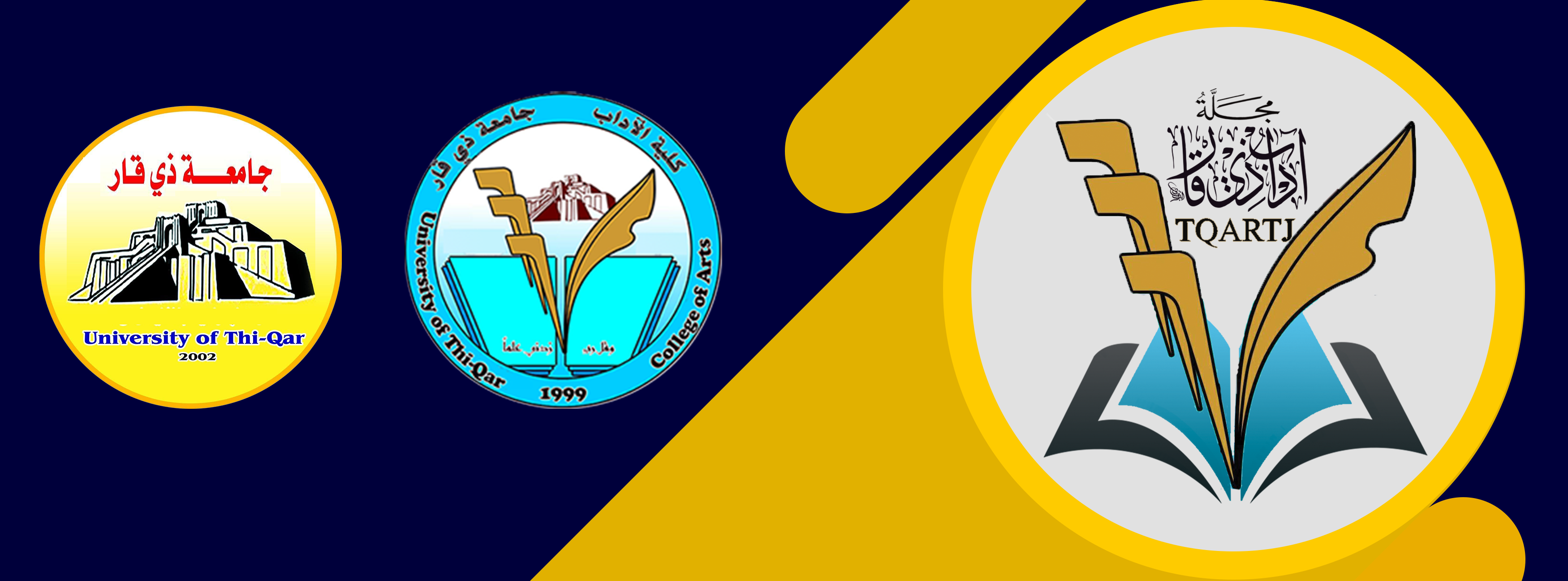Salman Al-Muhammadi and His Narrations in the Prophetic Biography Through the Book "Al-Tabaqat Al-Kubra" by Ibn Sa'd (d. 230 AH) - An Analytical Study
DOI:
https://doi.org/10.32792/tqartj.v2i49.773Keywords:
Conceptual Metaphor Theory, mapping, Worldly Life, HereafterAbstract
Studying historical figures is one of the most prominent and important research areas for understanding historical events and the causes of major transformations in making historical events. This study focuses on one of the most prominent Islamic figures, the companion Salman Al-Farsi Al-Muhammadi (t), which has raised many questions about the accuracy of the events that accompanied his journey. Despite many studies on his life, many aspects mentioned remain shrouded in mystery, and many events that accompanied his life (t) need further study. This study reviews his life (t) and the most controversial events, along with the most important narrations about him in the fields of history and the prophetic biography, and the impact of historical events. It also examines how he paved his way in transmitting knowledge and investigating historical events, preceding the most prominent modern schools known for experimental science and learning through experience. The study then addresses the most important life milestones until his death
Downloads
References
Ahrens , K. (2016). Mapping Principles for Conceptual Metaphors. In L. Graham, & T. Zazie (Eds.), Researching and Applying Metaphor in the Real World (pp. 8-13). John Bengamin.
THE HOLY QUR' AN: ARABIC TEXT AND ENGLISH TRANSLATION. (1982-2003). (M. S. Ali, Trans.) Islam International Publication Limited.
Al-Kashani, F. (1975). Al-Asfa fi Tafsir al-Quran. Markaz al-Nashr.
Al-Razi. (2000). Al-tafsir Al-kabir (The Great Exegesis) (20 ed.). Dār al - Kutub al - Ilmiyah.
Al-Tabarani, S. (2008). Al-Tafsir Al-Kabir. Dar al-Kitab al-Thakafi.
Berrada, K. (2006). Metaphors of light and darkness in the Holy Quran: A conceptual approach. (Master’s thesis). Faculté des Lettres et des Sciences Humanies Ben M’sik, Casablanca.
Crystal, D. (2008). Dictionary of Linguistics and phonetics. Blackwell publishing Ltd.
Gibbs, R. W. (1999). Taking metaphor out of our head and putting it into the cultural world. In R. W. Gibbs, & G. Steen, Metaphor in Cognitive Linguistics (pp. 146–166). John Bengamin.
Group, P. (2007). MIP: A method for identifying metaphorically used words in discourse. Metaphor and symbol, pp. 22 (1), 1-39.
Ibn-Kathir. (2003). Tafsir Ibn- Kathir (V 5 ed.). (S. R. Almubarakpuri, & group of scholars, Trans.) Darruslam.
Kövecses, Z. (2005). Metaphor in Culture: Universality and Variation. Cambridge University Press.
Lakoff, G., & Johnson, M. (1980). Metaphors we live by. University of Chicago press.
Lakoff, G., & Turner, M. (1989). More Than Cool Reason: A Field Guide to Poetic Metaphor. University of Chicago Press.
Saeed, J. (2003). Semantics. Blackwell Publishing.
Salamah, H. M. (2002). Al-i’jaz al-balaghi fi al-qur’an al-karim [The miraculous rhetoric in the Holy Book of Qur'an. http://ia802906.us.archive.org/20/items/waq57214/57214.pdf.
Sani, I., & Ruma, M. (2014). Concretizing the abstract: Conceptual metaphors in the holy. pp. 2(8), 11000–11012.
Sani, I., & Ruma, M. (2014). Concretizing the abstract: Conceptual metaphors in the holy Qur'an. (European Academic Research), pp. 2(8), 11000–11012.
Shirazi, N. (1926). Amthal fi Tafsir Kitab Allah al-Manzal. Dar Ihya al-Turuth al-Arabi, Beirut.
Soskice, J. M. (1988). Metaphor and Religious Language. Clarendon.
Tabataba'i, M. H. (1979). Al - Mizan , An Exegesis of the Quran (V 1 ed.). (S. Rizvi, Trans.) WOFIS ... World Organization For Islamic Services ( WOFIS ).
Published
Issue
Section
Categories
License
Copyright (c) 2025 Dr. Maha Abdulrahman Hussein

This work is licensed under a Creative Commons Attribution 4.0 International License.
The journal applies the license of CC BY (a Creative Commons Attribution International license). This license allows authors to keep ownership of the copyright of their papers. But this license permits any user to download, print out, extract, reuse, archive, and distribute the article, so long as appropriate credit is given to the authors and the source of the work. The license ensures that the article will be available as widely as possible and that the article can be included in any scientific archive.
